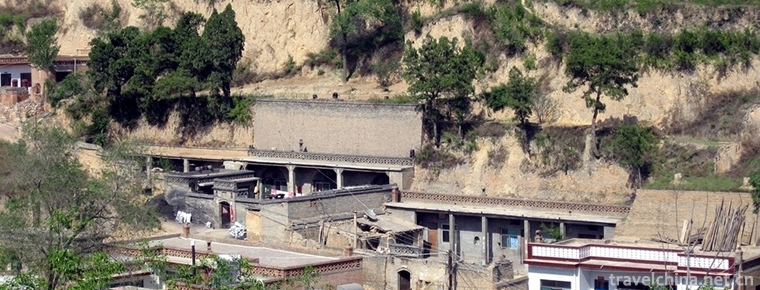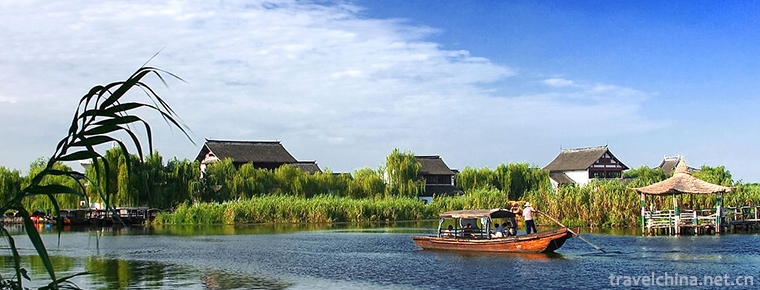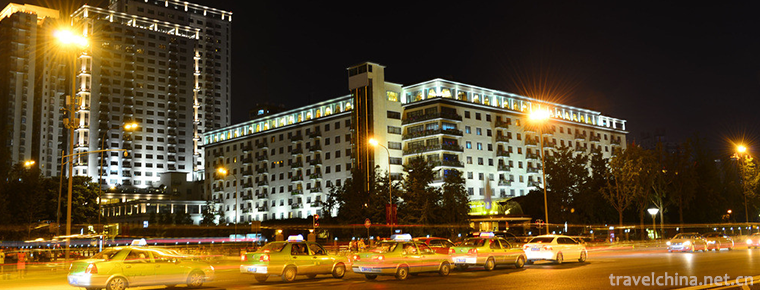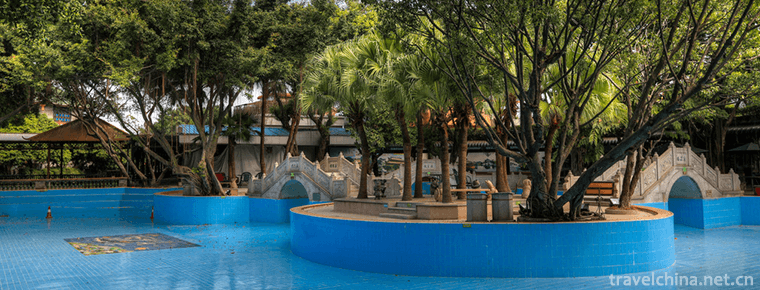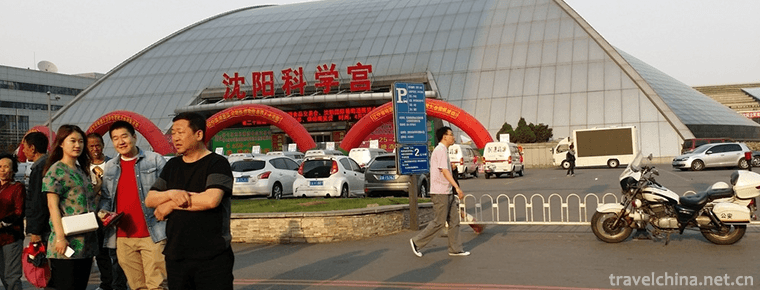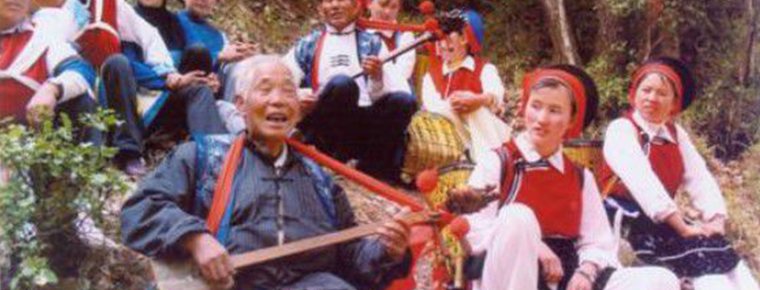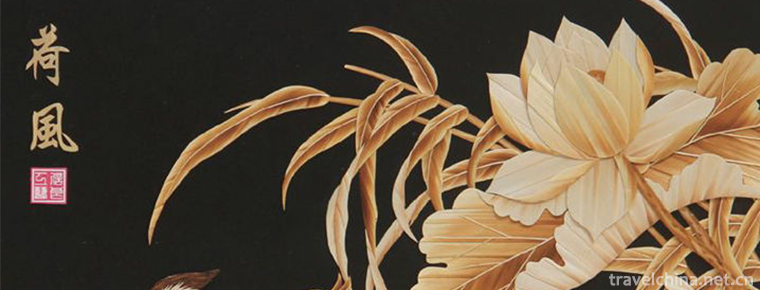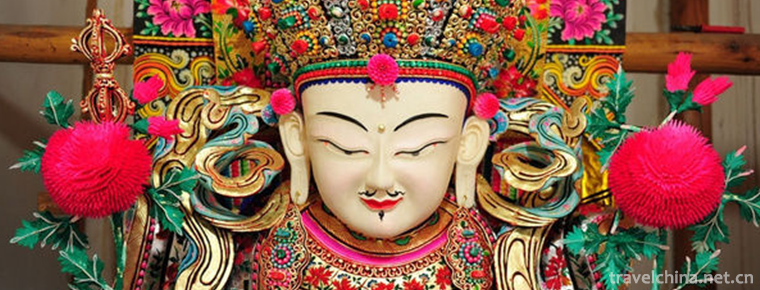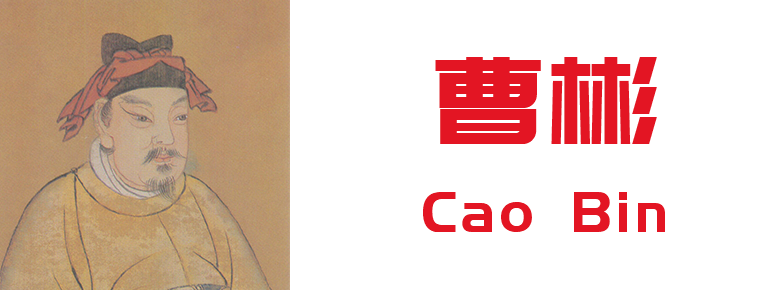Mongolian Sihu Music
Mongolian Sihu Music
Mongolian Sihu music is one of China's intangible cultural heritage. Mongolian Sihu is one of the most distinctive Mongolian musical instruments, stringed instruments. Mainly spread in northern China, Mongolian, Han and Mongolian territory. As an accompaniment instrument in rap form, there are also ensembles and solos.
In 2006, it was listed in the national intangible cultural heritage list.
historical origin
Sihu has a long history. It originated from Xi Qin of Xi Department in northern China. After the 13th century, Sihu has spread in Mongolian areas. In the palace murals of Alatan Khan in the 16th century, a female musician with a slender rod, a cylindrical speaker, a four-pronged instrument with the back end of the piano head and a horse-tail bow between strings was painted, which is exactly the same as today's Sihu performance image. After the Yuan Dynasty, the art of Sihu was widely spread, once popular in Inner Mongolia Autonomous Region, Liaoning, Jilin, Heilongjiang and North China, and had a far-reaching impact on Han folk rap and singing. Tongliao City, located in the hinterland of Horqin grassland, is the most prosperous area of Sihu art at present. Up to the Qing Dynasty, Sihu, also known as the "violin", was used in the court music ensemble, and the shape of the Sihu of today's Mongolian people is vivid.
Mongolian four-hu can be divided into three categories: high-pitched four-hu, middle-pitched four-hu and low-pitched four-hu. High-pitched four-hu is bright and crisp, mostly used for solo, ensemble and ensemble; medium-bass four-hu is rich and mellow, good at playing Lyric music, and mainly accompanied by the Horqin national rap and singing art Uliger and Helibao. They play a very important role in the cultural life of the Mongolian people. The representative repertoires of Mongolian four-hu include "Running on the Road", "Bayin", "Asr" (above is Big Four-hu), "Modleima", "Curving Grapevine", "Lotus Yinghua" (above is Little Four-hu) and so on.
artistic characteristics
High-pitched Sihu
Mongolian bow and string singing instrument. Also known as Mongolian Xiaosihu. It was reformed on the basis of folk Xiao Sihu. The tone is clear and crisp. It can be used for Solo and instrumental ensemble. It is popular in Inner Mongolia, Liaoning, Jilin, Heilongjiang and other provinces and regions. The tone is clear and melodious, beautiful and pleasant, and the volume is large. The playing skills of left hand include glide, tremolo, striking, overtone, double tone, double tone, double overtone, etc. The right hand technique is similar to Erhu. It is mainly used for solo, ensemble and instrumental ensemble. Ordinarily played in duet or ensemble with such instruments as the baritone four-hu, the horsehead, the three-stringed, the Atoga or the Huoxi. The more famous high-pitched four-hu performers are Sun Liang, Chao Lu, Wu Yunlong, Zhao Shuanghu, Qing Gretu and Mandula. The traditional music of high-pitched Sihu includes: Bayin, Huayao Diao, Lotus Yinghua, Han Xiuying, Indelema, Nong Enjia, Asr, and Running. The compiled music includes: Mongolian Eight-tone Twelve, Asr Twelve, Eastern Mongolian Folk Song Ensemble, Happy Grassland, White Jun Horse, Young Herdsman and Taming. Horsehands, etc.
Baritone Sihu
Mongolian bow and string singing instrument. Popular in Inner Mongolia, Liaoning, Jilin, Heilongjiang and other provinces and regions of agricultural and semi-agricultural and semi-pastoral areas. Shape with bass four beards, slightly smaller. The piano tube is cylindrical and is welded with thin brass sheets. The tube is 16 cm long and 10 cm in diameter. The front of the tube is covered with Python or cowhide. The outside of the tube is fastened with copper hoops. The back end of the tube is open and copper frame is set inside the opening. The piano pole is made of a whole block of rosewood or wood and sandalwood. Its length is 90 centimeters. The head of the piano is flat, with four axes on it, four wire strings or copper strings on it, and two horsetails of fine bamboo are bows with a bow length of 68 centimeters. Playing posture, methods and techniques are the same as bass four-hu. The baritone Sihu has two octaves, and its tone is mellow and bright. It can be used for solo, ensemble, instrumental ensemble or for rap music such as storytelling and singing. It is the main musical instrument in Sihu Quartet and folk ensemble. It is often played with treble four hu, and with treble four hu, horsehead, three strings, fire and other instruments ensemble. The more famous baritone four-hu performers are Sun Liang, Chao Lu, Wu Yunlong, Zhao Shuanghu and Qing Gretu. The repertoire of the baritone Sihu solo is the same as that of the soprano Sihu, and there are many adaptations of the Sihu Quartet.
Bass Sihu
Mongolian bow and string singing instrument. Also known as the Big Four Hu and the Haolaibao Four Hu, they are widely used in pastoral areas and semi-agricultural and semi-pastoral areas of Inner Mongolia Autonomous Region. The bass four-hu in pastoral areas can be assembled and disassembled into several parts, i.e. a barrel, two poles, chord axis and bow, for easy carrying. The piano barrel was first hollowed out with a whole piece of wood into a cylindrical shape. It was 30 cm long and 15 cm to 20 cm in diameter. The front of the barrel was covered with sheepskin, horseskin or calf skin, and the back of the barrel was open. Later, the piano barrel was made of hardwood into round, hexagonal or octagonal shapes. Wooden piano pole, mostly two, 110 cm in length, with four bowel strings, silk strings or copper strings. The bow is made of wood or willow branches and is tied with horsetail at both ends. The length of the bow is 85 centimeters. It is mainly popular in Zhelimu League, Zhaowuda League and Xingan League. Mainly used for Mongolian rap and singing good Laibao and Mongolian singing Uliger accompaniment. The traditional music of bass Sihu includes: Wanli, Ganglaima, Lotus Yinghua, Bayin, etc. The compiled music includes: Pythagus, Bayin Bangzi and Running.
Representative works
Asr, Laoban and Mongolian Bayin, Wanli, Ganglaima, Lotus Yinghua, Bayin, Pythagus, Bayin Bangzi and Running
Inheritance significance
Mongolian Sihu culture has rich accumulation, rich expression, self-contained skills, melodious melody, simple, is the outstanding music creation of Mongolian people engaged in semi-agricultural and semi-pastoral production mode. It has high academic research value in Mongolian history, culture, folklore, and cultural exchanges between China and foreign countries.
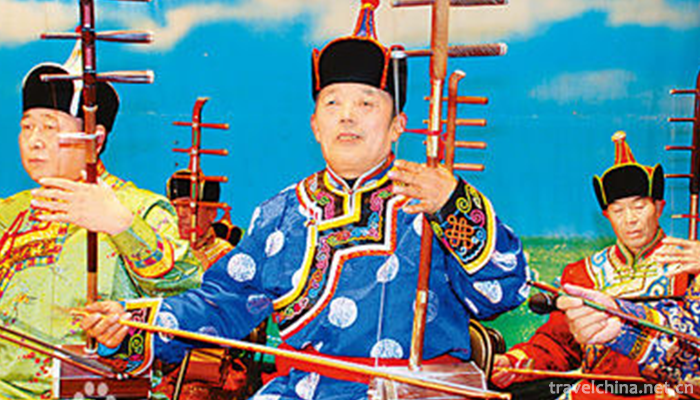
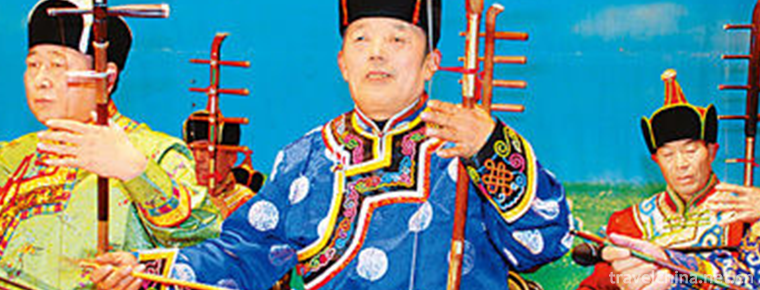
Mongolian Sihu Music
-
The AncientCity of Ping Yao
The AncientCity of Ping Yao is located in Pingyao County, central Shanxi Province. It was founded in Xuanwang Period of Western Zhou Dynasty (827-782 BC).
Views: 329 Time 2018-11-24 -
Shajiabang Yushan Shanghu Tourist Area
Shajiabang Yushan Shanghu Tourist Area is located in Changshu, a famous historical and cultural city in the south of the Yangtze River,
Views: 237 Time 2018-12-06 -
Chengdu JinJiang Hotel
Jinjiang Hotel is the first five-star hotel in southwest China. It is located in Renmin South Road, the main road of Chengdu City, adjacent to the famous Funan River and echoes Tianfu Square
Views: 155 Time 2018-12-16 -
Bao Mo yuan
Baomo Garden is located in Zini Village, Shawan Town, Panyu District, Guangzhou City, Guangdong Province. It was built in the late Qing Dynasty and covers an area of five mu
Views: 185 Time 2019-01-02 -
Shenyang Science Centrum
Shenyang Science Palace is located in Wulihe Central Business District, Shenyang District, Liaoning Province. It is a large-scale modern popular science education base in Shenyang District. It was bui
Views: 240 Time 2019-02-08 -
Jianchuan Opera
Jianchuan Baiqu is an ancient music variety with a long history and wide spread in Bai nationality area. It is mainly popular in Jianchuan, Eryuan and Tongdian, Jinding and Jiuhe of Lanping County, Nu
Views: 324 Time 2019-05-05 -
Wheat straw cut and paste
Straw clipping is a traditional folk handicraft. Also known as "wheat straw clipping", "wheat straw clipping". Using the natural luster of wheat straw and the characteristics of ru
Views: 259 Time 2019-05-16 -
Nanping Opera
Nanping Opera is a folk art popular in the area of Jiuzhaigou County (former Nanping County) on the Northwest Plateau of Sichuan Province. It was once called "Nanping Pipa Playing and Singing&quo
Views: 312 Time 2019-06-07 -
Butter Flowers in Tar Temple
Butter flower originated from Benjiao religion in Tibet. It is a small decal on the food supply. According to traditional Indian Buddhist customs, the tributes offered to Buddhas and Bodhisattvas are
Views: 324 Time 2019-06-17 -
Cao Bin
Cao Bin (931 - 999 years), Zi Guohua, really decides Lingshou (now Hebei). Northern Song Dynasty The founding fathers.
Views: 191 Time 2019-09-15 -
China Youth University of Political Studies
China Youth University for Political Science (China Youth University of Political Studies) is located in Beijing. It is the state-level "Communist Youth League Central Research Center for the the
Views: 119 Time 2019-12-25 -
Langmu Temple
Langmusi town is a small town under the jurisdiction of Luqu County, Gannan Tibetan Autonomous Prefecture, Gansu Province, and Ruoergai County, Aba Tibetan and Qiang Autonomous Prefecture
Views: 161 Time 2020-11-07
